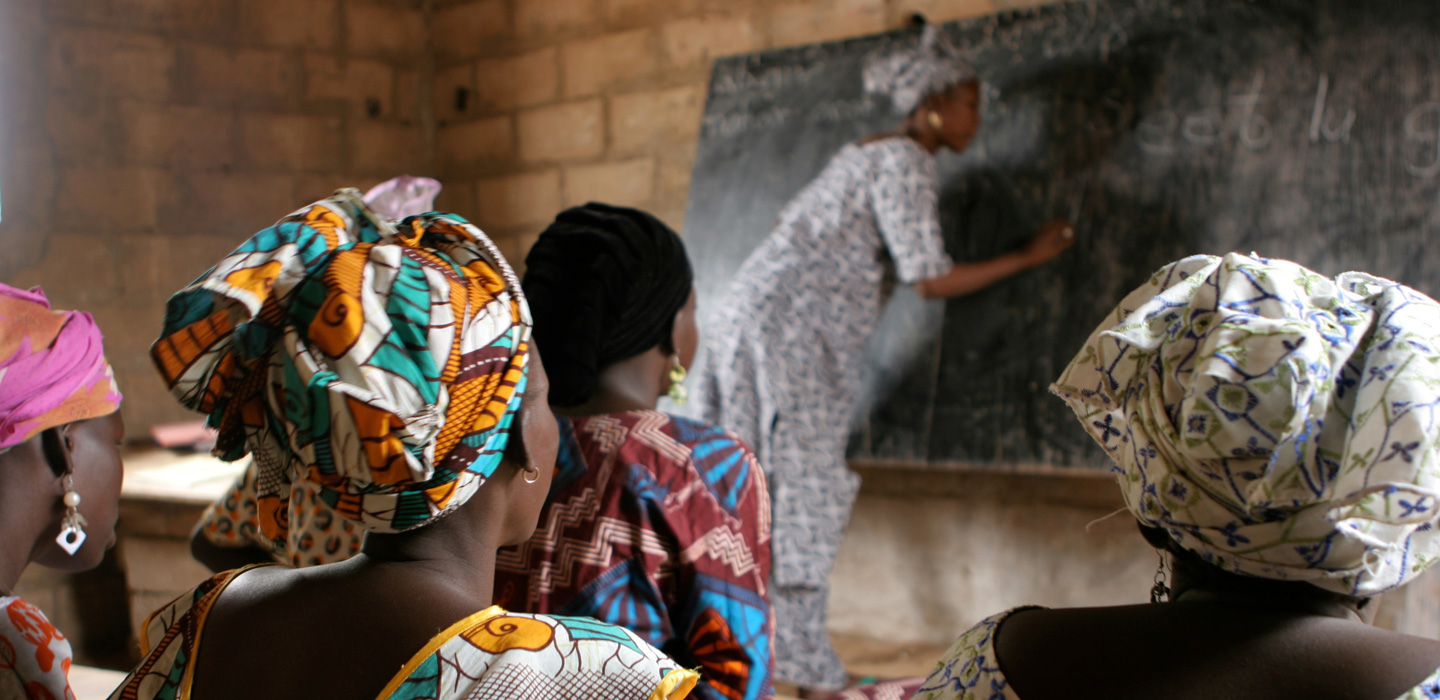Knowledge
Knowledge

Knowledge
Search Results Filters
Search Results
Africa Regional Workshop Report
Case study: Men's Campfire Conference, Zambia
Case Study: Household approach for gender, HIV and AIDS mainstreaming, Malawi
European Union Food Facility Programme IFAD-ECOWAS-ICRISAT
To address food security problems and soaring prices for basic commodities, in December 2008 the European Union launched a Food Facility totalling €1 billion spread over three years, from 2009 to 2011. Under this initiative, the regional programme IFAD-EU-ECOWAS Food Facility was established with a budget of €20 million. The regional programme covers a number of countries in West Africa.
To assure food security and protect the population from recurrent crises, countries dependent on foreign aid for much of their food supply, such as Benin, Mali, Senegal, Côte d’Ivoire and Ghana, have designed strategies and programmes to support food security that are intended to increase food production through the intensification of strategic crops such as rice, cassava, yams and ground nuts, and widespread use of selected seeds and mineral fertilizers.
IFAD and Belgian Survival Fund Joint Programm - 25 years of cooperation
The Belgian Fund for Food Security (BFFS) was created by the Belgian Parliament in 1983 in response to the more than one million drought- and faminerelated deaths in East Africa. BFFS provides grants to pay for rural development projects, with a focus on food security and nutrition, in some of the poorest countries in Africa, helping extremely poor people to become healthier and more productive and lowering the risk that they will face starvation.
The International Fund for Agricultural Development (IFAD), a specialized United Nations agency, was established as an international financial institution in 1977 as one of the major outcomes of the 1974 World Food Conference. It is dedicated to eradicating poverty and hunger in rural areas of developing countries. Through low-interest loans and grants, it develops and finances programmes and projects that enable poor rural people to overcome poverty themselves.
The International Year of Family Farming (IYFF)
What is the International Year of Family Farming? Small family farms are the key to reducing poverty and improving global food security. The United Nations declared 2014 the International Year of Family Farming (IYFF) to recognize the importance of family farming in reducing poverty and improving global food security. The IYFF aims to promote new development policies, particularly at the national but also regional levels, that will help smallholder and family farmers eradicate hunger, reduce rural poverty and continue to play a major role in global food security through small-scale, sustainable agricultural production.
The IYFF provides a unique opportunity to pave the way towards more inclusive and sustainable approaches to agricultural and rural development that: Recognize the importance of smallholder and family farmers for sustainable development; Place small-scale farming at the centre of national, regional and global agricultural, environmental and social policies; Elevate the role of smallholder farmers as agents for alleviating rural poverty and ensuring food security for all; as stewards who manage and protect natural resources; and as drivers of sustainable development.
Lessons learned: Strengthening smallholder institutions and organizations
Burundi: Country Technical Note on Indigenous Peoples’ Issues
The Twa “Pygmy” of the Republic of Burundi are a small minority of around 80,000 people that self-identify as indigenous and are considered as such by the African Commission on Human and Peoples’ Rights and the UN system.